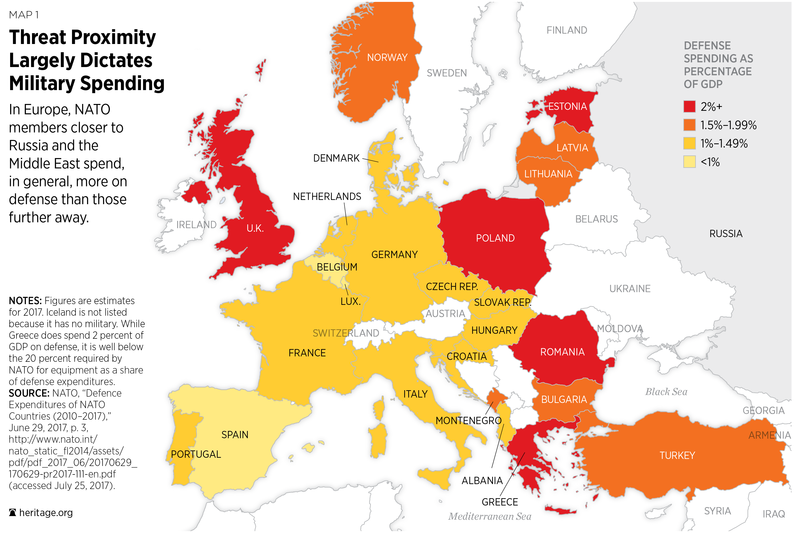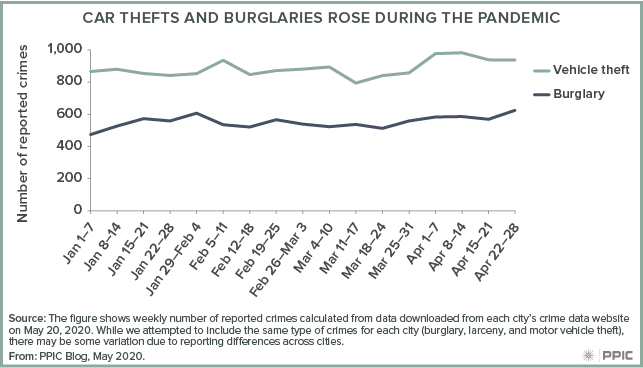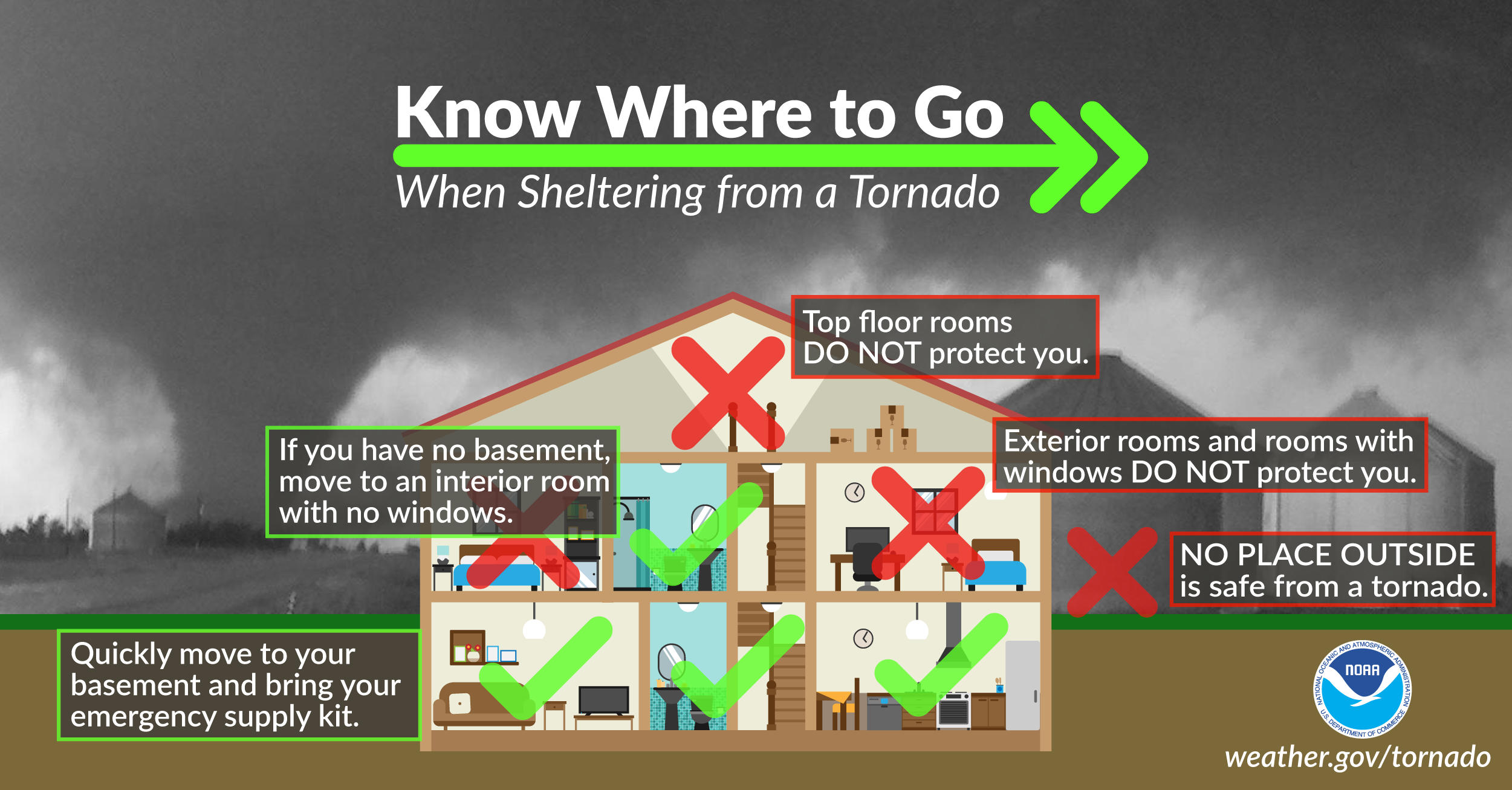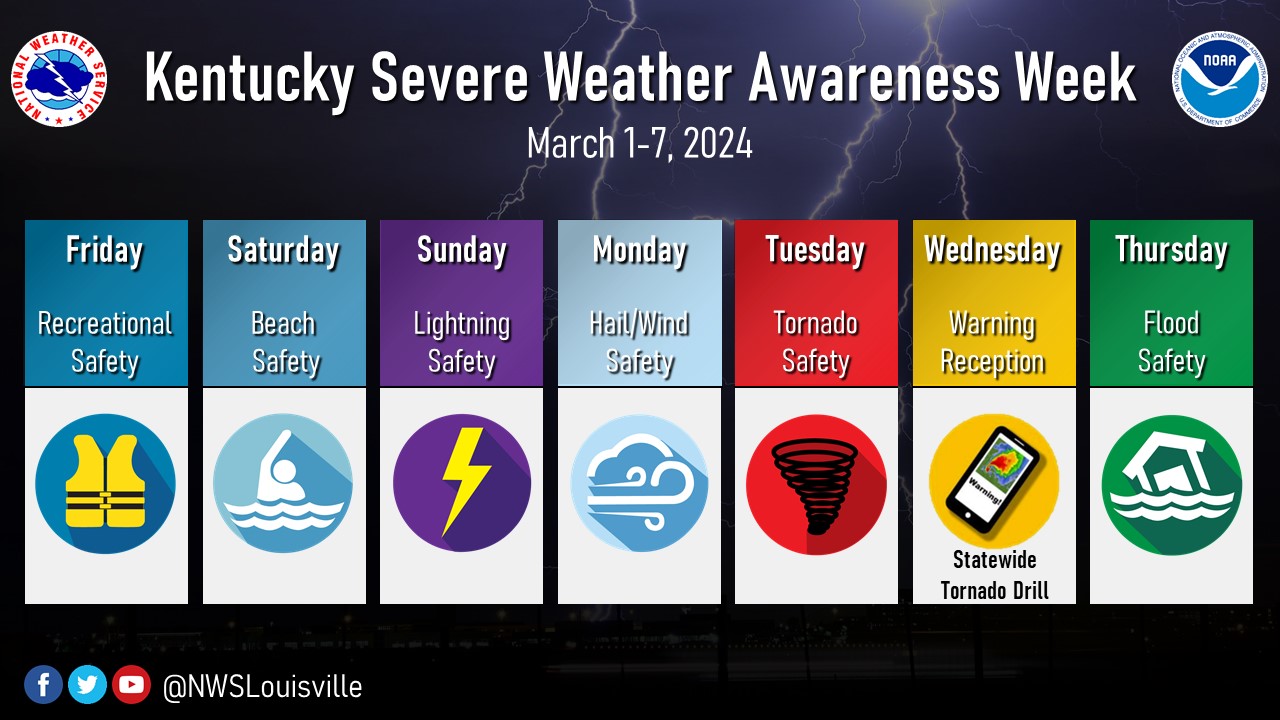Europe's Rising Military Spending: A Reaction To The Russian Threat

Table of Contents
The Geopolitical Context: Russia's Actions as a Catalyst
The annexation of Crimea in 2014 served as a stark wake-up call for Europe, highlighting Russia's willingness to use military force to achieve its geopolitical objectives. However, the full-scale invasion of Ukraine in 2022 dramatically escalated the perceived threat, forcing a reassessment of European security architectures and defense strategies. This led to a significant shift in European foreign policy, moving away from a prolonged period of prioritizing economic cooperation and towards a stronger focus on defense and deterrence. The perception of a direct and imminent threat from Russia is the primary catalyst for Europe's rising military spending.
- Increased military exercises and deployments: NATO has significantly increased military exercises and troop deployments in Eastern Europe, reinforcing its commitment to collective defense.
- Strengthened NATO alliances and collaborations: The invasion has solidified transatlantic ties and spurred closer collaboration between NATO members, particularly those bordering Russia. Increased intelligence sharing and coordinated military planning are key components of this strengthened alliance.
- Heightened awareness of hybrid warfare tactics: Russia's use of disinformation campaigns, cyberattacks, and other hybrid warfare tactics has heightened awareness of the multifaceted nature of modern conflict, leading to increased investment in countermeasures.
Increased Defense Budgets Across Europe: A Nation-by-Nation Look
The rise in military spending is not uniform across Europe, but several key nations have committed to significant increases. Germany, traditionally hesitant about large military expenditures, has pledged a substantial increase in its defense budget, aiming to reach 2% of GDP. France, a long-standing military power, continues its substantial military modernization programs. The UK remains committed to maintaining a strong military presence globally, adapting its strategies to meet evolving threats. Poland, geographically close to the conflict, has undertaken a particularly substantial investment in defense capabilities, boosting its military strength significantly.
- Germany's significant increase in defense spending: Germany's commitment to substantially increasing its defense budget marks a historic shift in its security policy.
- France's ongoing military modernization programs: France is modernizing its nuclear arsenal and conventional forces, enhancing its capabilities in various operational domains.
- UK's commitment to maintaining a strong military presence: The UK continues to invest in its armed forces and its global military operations, maintaining a major role in NATO.
- Poland's substantial investment in defense capabilities: Poland's geographical location necessitates a strong defense, leading to significant investment in modern weaponry and military infrastructure.
Modernization of Military Capabilities: Focus on Specific Technologies
Europe's rising military spending is not merely about increasing the size of its armed forces but also about modernizing its capabilities. Investments are focused on enhancing technological superiority across various domains. This includes robust cyber warfare capabilities to counter digital threats, advanced air defense systems to protect against air attacks, and the procurement of cutting-edge weaponry to ensure battlefield dominance. The strategic implications of these investments are far-reaching, impacting the balance of power in the region and deterring potential aggression.
- Investments in cyber security and defense: Protecting critical infrastructure from cyberattacks is a paramount concern, leading to substantial investments in cyber defense capabilities.
- Modernization of air forces and naval fleets: European nations are investing in next-generation fighter jets, drones, and naval vessels to maintain their air and sea dominance.
- Increased procurement of advanced weaponry: Investments in precision-guided munitions, advanced artillery systems, and other cutting-edge weaponry are crucial for effective deterrence and response.
- Focus on developing interoperability between NATO members: Improved interoperability ensures that allied forces can operate effectively together, crucial for collective defense.
The Economic and Social Implications of Rising Military Spending
The significant increase in military spending has economic and social implications that require careful consideration. Increased defense budgets represent opportunity costs, potentially diverting resources from other essential sectors such as healthcare, education, and infrastructure. This could strain national budgets and potentially impact economic growth. Public opinion on increased military expenditure is also a crucial factor, with varying levels of support across different European countries.
- Trade-offs between defense spending and social programs: Governments face difficult choices in balancing defense needs with the demands of social programs.
- Public opinion on increased military expenditure: Public support for increased military spending varies considerably depending on national contexts and perceptions of the Russian threat.
- Potential impact on economic growth and development: The economic consequences of substantial military spending require careful monitoring and management.
Conclusion: Understanding Europe's Rising Military Spending in Response to Russia
In conclusion, Europe's rising military spending is a direct and significant response to the perceived threat posed by Russia's actions. The annexation of Crimea and the invasion of Ukraine have fundamentally altered European security perceptions, leading to a dramatic increase in defense budgets, modernization of military capabilities, and a strengthening of transatlantic alliances. While necessary for ensuring security, this increased military spending comes with economic and social implications that require careful consideration. To stay informed about the evolving dynamics of Europe's military spending and its impact on the geopolitical landscape, continue exploring reputable news sources, think tank publications, and government reports on European defense policies. Understanding the complexities of Europe's rising military spending is crucial for comprehending the future of European security.

Featured Posts
-
 Enexis En Kampen In Juridisch Conflict Kort Geding Om Stroomnetaansluiting
May 01, 2025
Enexis En Kampen In Juridisch Conflict Kort Geding Om Stroomnetaansluiting
May 01, 2025 -
 Review Of Top Us Cruise Lines Features And Destinations
May 01, 2025
Review Of Top Us Cruise Lines Features And Destinations
May 01, 2025 -
 Astratyjyat Alteawn Ltezyz Slslth Almmyzt Dd Alshbab
May 01, 2025
Astratyjyat Alteawn Ltezyz Slslth Almmyzt Dd Alshbab
May 01, 2025 -
 Obituary Priscilla Pointer Actress In Carrie Passes Away At Age 100
May 01, 2025
Obituary Priscilla Pointer Actress In Carrie Passes Away At Age 100
May 01, 2025 -
 Cau Chuyen Phia Sau Du An 500k V Mach 3 Goc Nhin Tu Cong Nhan Dien Luc Mien Nam
May 01, 2025
Cau Chuyen Phia Sau Du An 500k V Mach 3 Goc Nhin Tu Cong Nhan Dien Luc Mien Nam
May 01, 2025
Latest Posts
-
 Remembering Past Tragedies Louisville Residents Under Shelter In Place
May 01, 2025
Remembering Past Tragedies Louisville Residents Under Shelter In Place
May 01, 2025 -
 Louisvilles Shelter In Place A Time For Remembrance And Community
May 01, 2025
Louisvilles Shelter In Place A Time For Remembrance And Community
May 01, 2025 -
 Louisville Residents Under Shelter In Place Order Reflect On Past Events
May 01, 2025
Louisville Residents Under Shelter In Place Order Reflect On Past Events
May 01, 2025 -
 Nws Kentucky Get Ready For Severe Weather Awareness Week
May 01, 2025
Nws Kentucky Get Ready For Severe Weather Awareness Week
May 01, 2025 -
 Kentucky Severe Weather Nws Readiness For Awareness Week
May 01, 2025
Kentucky Severe Weather Nws Readiness For Awareness Week
May 01, 2025
